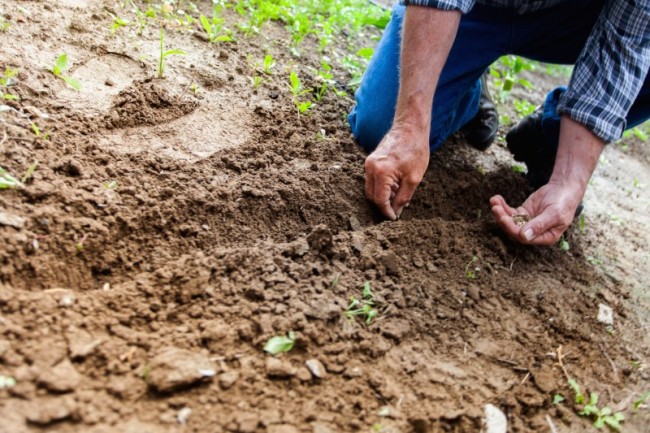SEED CATALOGUES 2018
By Fancis Mangels
If you have a space where you can grow something, part of the fun is ordering seed and the time is now!
In the interest of sustainable organic gardening, I heartily recommend growing something that will grow without much fuss at 3000-4000’ elevations. For the Western Garden Book folks, we are zones 1-2 and USDA zone 5-6.
When ordering seed get the short season. Last frost here is maybe April or usually May 30, but maybe mid-June in Mt. Shasta. First frost is anytime in September/October. That gives you 90 days, maybe 120 with climate change, and 60 days is very reliable.
Generally, we plant frost-hardy seed in April or early May. The cold-sensitive seed is planted after Memorial Day. Watch weather variations, and plant when it’s warming up.
The best veggies are often heritage/heirloom varieties. They breed true so you can save your own seed year after year and get the same plant. This brings garden independence from seed companies and you don’t have genetically manufactured plants. Tried-and-true varieties seem more resistant to bugs and disease, and hybrids are often susceptible regardless of what they say on packages. Some are very bird and bee-friendly, too.
There is a seed swap today (February 7th) at the Siskiyou Land Trust Office (522 Alma St.) come with your seeds and questions! Here are the catalogue essentials, but plant what you like to eat, here is what grows well in Mt Shasta:
Green (string) beans: Here is where heritage types shine. Mt. Shasta grows great green beans: Montana Buckskin, French bean, Scarlet runners, Rattle beans, Indian woman, Italian Romano. Pole beans don’t have slug losses and produce 5-10 times more beans. Most bush beans mature fast, and can be replanted if a late frost hits. Yellow or colored beans lack the beany flavor. We have ways of saving beans from frost.
Summer squash: The best is common Italian green zucchini. For flavor, the scallop is different from greens, but lower yielding. Yellows yield is lower. All are very subject to frost, but yield very high.
Peas: Dwarf types are easiest to grow, but do better with support. Shell peas like Laxton’s progress, Little gem, Alderman, Maestro, Mr. Big, and other shell types do very well and I prefer them for fast maturity. Peas give low yields compared to beans and squash. Due to hybrids, you generally must order seed. “Designer peas” result if you save seed; they revert to the poor purple-flowered English type. Plant peas in double rows with something to climb, and flood irrigating avoids mold if it occurs.
Radish: This companion crop for peas grows in 30 days. Plant them between double pea rows. Tops are fast growers like hot cherry bell and mild French breakfast. Slower growth radishes get nematode worm damage.
Winter Squash: These are low yield but very little trouble to grow, with one small spot to water and room to crawl. Get the fastest ones you can: Hubbard, Turk Turban, or Buttercup. I prefer Turk Turban for flavor, easy grow, and fast maturity. These may crawl 30’ and are under ten pounds.
Carrots: Difficult in some soil types but worth the effort. Get the short fat types like Danver Half-long or the stubby Nantes. Thin to 2” apart!
I order two years of seed at a time, from Territorial Seeds or Seeds of Change from Oregon because: Western climate, lower shipping costs, often organic, paper packages (plastic kills seeds), no GMO, and fewer pests. Southern Exposure or Burgess are ok, but I often avoid eastern and southern seed companies because some varieties grow poorly here or though the same name, seem more adapted to their climates, not ours. Also, don’t buy coated or treated seeds, due to common mercury, pests, and chemicals in them.
Plan what you grow, and think about good food. With food prices going up, gardens may soon be necessary as well as nice.
Francis Mangels is a retired USDA scientist living in Mt Shasta since 1981. He has a BS in Forestry, MS in Zoology, and high ratings in ten related natural sciences.

